Lake Titicaca is fed by rainfall and meltwater from glaciers on the sierras that lie adjacent the Altiplano. The five major river systems, Ramis, Coata, Ilave, Huancané, and Suchez and 20 other smaller streams, also fed the lake.
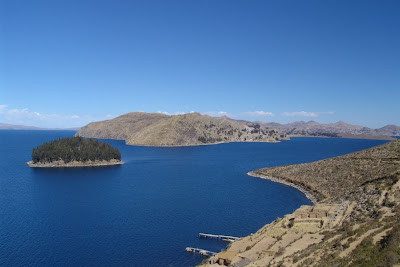
(Source)
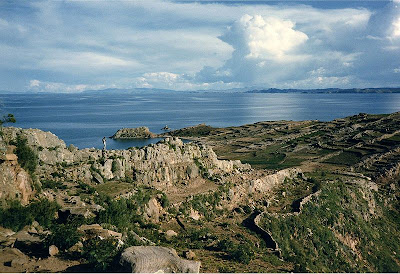
(Source)
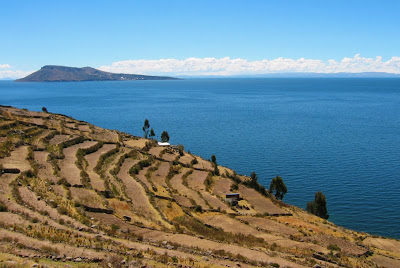
(Source)

(Source)

(Source)

(Source)
A view from space show the lake and glaciers on the sierras that feeds it.

(Source)
Lake Titicaca has 41 islands, some of which are densely populated. It is notable for a population of people who live on the Uros - a group of 42 or so artificial islands made of floating reeds called totora (a reed that abounds in the shallows of the lake). These islands have become a major tourist attraction for Peru, drawing excursions from the lakeside city of Puno. Their original purpose was defensive, and they could be moved if a threat arose. Many of the islands contain watchtowers largely constructed of reeds.
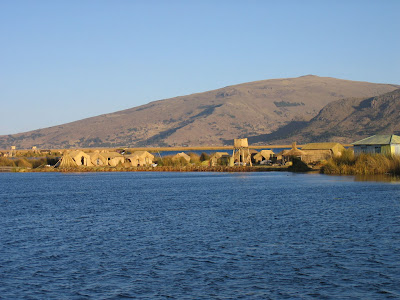
(Source)
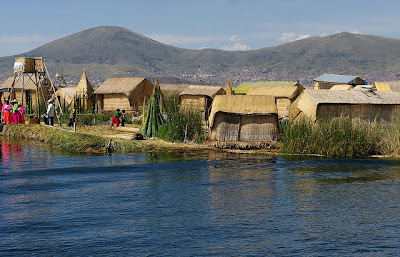
(Source)

(Source)

(Source)

(Source)
The Bolivian Naval Force uses the lake to carry out naval exercises, maintaining an active navy despite being a landlocked country.

(Source)
No comments:
Post a Comment